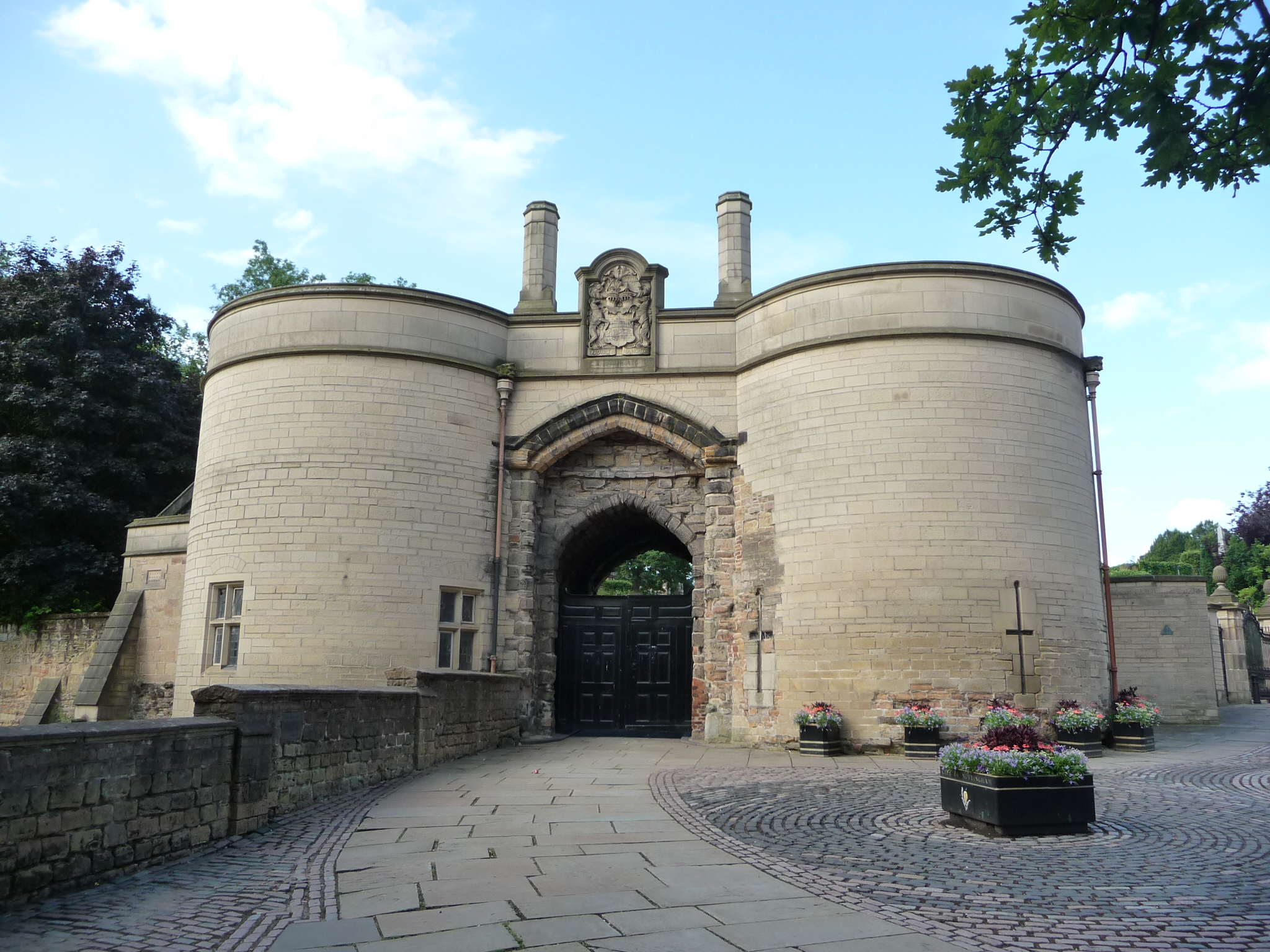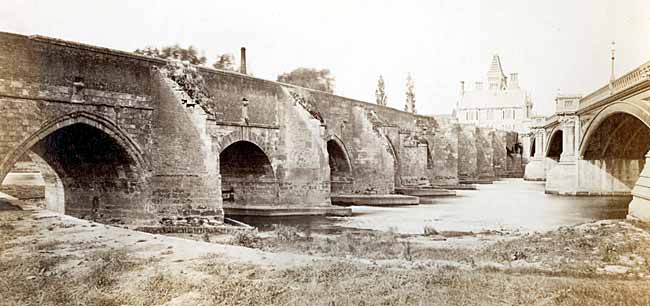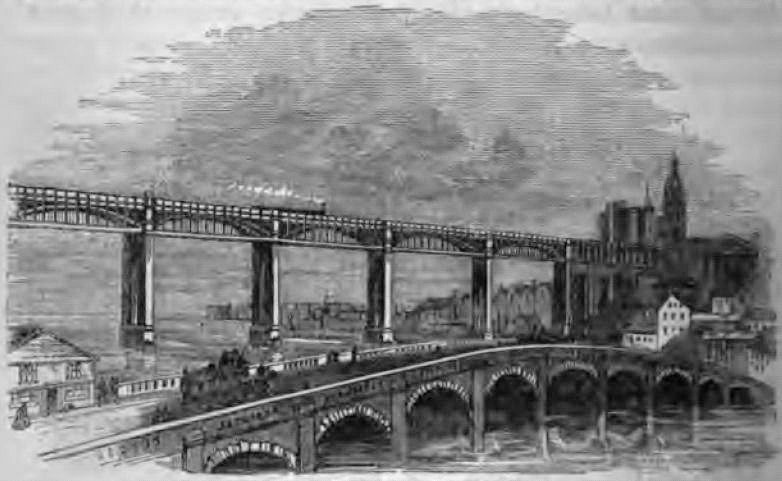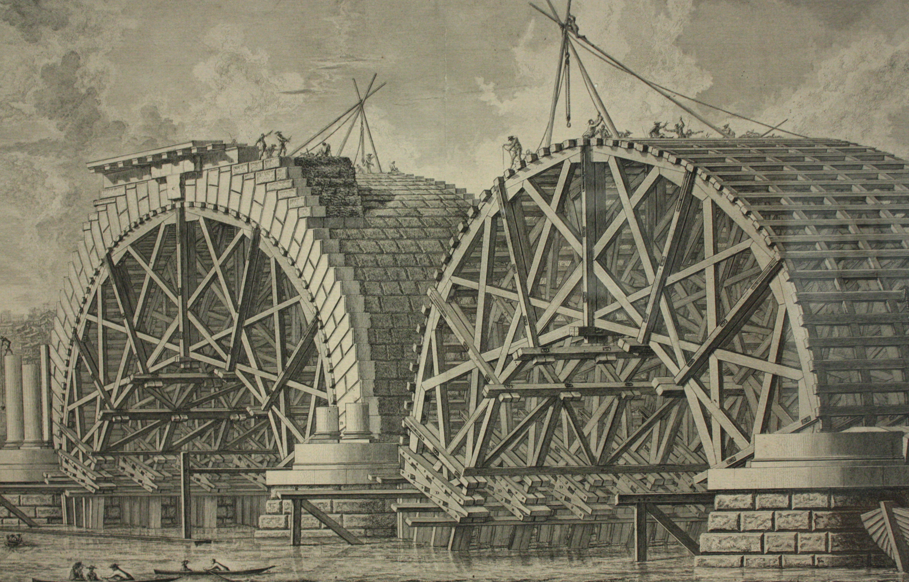|
Mott MacDonald
The Mott MacDonald Group is a management, engineering and development consultancy headquartered in the United Kingdom. It employs over 19,000 staff in 150 countries. Mott MacDonald is one of the largest employee-owned companies in the world. History Mott MacDonald was formed in 1989 through the merger of Mott, Hay and Anderson and Sir M MacDonald & Partners. Mott, Hay and Anderson was a transportation engineering consultancy responsible for projects such as the London Underground while Sir M MacDonald & Partners was a water engineering consultancy with projects that included the Aswan Dam. The merger made Mott MacDonald one of the first international engineering, management, and development consultancies. Mott, Hay & Anderson Mott, Hay and Anderson was founded as a private partnership between Basil Mott and David Hay in 1902, with the original firm name of Mott & Hay. Prior to forming the original partnership, Mott and Hay had spent time building London tube railways a ... [...More Info...] [...Related Items...] OR: [Wikipedia] [Google] [Baidu] |
Privately Held Company
A privately held company (or simply a private company) is a company whose Stock, shares and related rights or obligations are not offered for public subscription or publicly negotiated in their respective listed markets. Instead, the Private equity, company's stock is offered, owned, traded or exchanged privately, also known as "over-the-counter (finance), over-the-counter". Related terms are unlisted organisation, unquoted company and private equity. Private companies are often less well-known than their public company, publicly traded counterparts but still have major importance in the world's economy. For example, in 2008, the 441 list of largest private non-governmental companies by revenue, largest private companies in the United States accounted for $1.8 trillion in revenues and employed 6.2 million people, according to ''Forbes''. In general, all companies that are not owned by the government are classified as private enterprises. This definition encompasses both publ ... [...More Info...] [...Related Items...] OR: [Wikipedia] [Google] [Baidu] |
Benjamin Baker (engineer)
Sir Benjamin Baker (31 March 1840 – 19 May 1907) was an English civil engineer who worked in mid to late Victorian era. He helped develop the early underground railways in London with Sir John Fowler, but he is best known for his work on the Forth Bridge. He made many other notable contributions to civil engineering, including his work as an expert witness at the public inquiry into the Tay Bridge disaster. Later, he helped design and build the first Aswan Dam. Early life and career He was born in Keyford, which is now part of Frome, Somerset in 1840, the son of Benjamin Baker, principal assistant at Tondu Ironworks, and Sarah Hollis. There is a plaque on their house in Butts Hill. He was educated at Cheltenham Grammar School and, at the age of 16, became an apprentice at Messrs Price and Fox at the Neath Abbey Iron Works. After his apprenticeship he spent two years as an assistant to Mr. W.H. Wilson. Later, he became associated with Sir John Fowler in London. He ... [...More Info...] [...Related Items...] OR: [Wikipedia] [Google] [Baidu] |
Nottingham
Nottingham ( , East Midlands English, locally ) is a City status in the United Kingdom, city and Unitary authorities of England, unitary authority area in Nottinghamshire, East Midlands, England. It is located south-east of Sheffield and north-east of Birmingham. Nottingham is the legendary home of Robin Hood and to the lace-making, bicycle and Smoking in the United Kingdom, tobacco industries. The city is also the county town of Nottinghamshire and the settlement was granted its city charter in 1897, as part of Queen Victoria's Diamond Jubilee celebrations. In the 2021 United Kingdom census, 2021 Census, Nottingham had a reported population of 323,632. The wider conurbation, which includes many of the city's suburbs, has a population of 768,638. It is the largest urban area in the East Midlands and the second-largest in the Midlands. Its Functional Urban Area, the largest in the East Midlands, has a population of 919,484. The population of the Nottingham/Derby metropolitan a ... [...More Info...] [...Related Items...] OR: [Wikipedia] [Google] [Baidu] |
Trent Bridge (bridge)
Trent Bridge is an iron and stone road bridge across the River Trent in Nottingham, England UK. It is the principal river crossing for entrance to the city from the south, although the upstream Clifton Bridge is both larger and busier. History Medieval bridge The first bridge is thought to have been constructed on the site in 920. A second bridge which was started in 1156 had more than 20 stone arches and a chapel dedicated to St. James at one end. It was maintained by a religious organisation. On 21 February 1551 the responsibility for repair passed to Nottingham Corporation, through a royal charter which created the Bridge Estate. It was known as Hethbeth bridge, Heath-beth bridge, or Heck-beck bridge. This bridge was damaged by floods several times, and the northern half was washed away during floods in 1683. The repaired bridge had fifteen arches across the river and flood areas, giving openings covering 347 ft in a total length of 538 ft. Although it was r ... [...More Info...] [...Related Items...] OR: [Wikipedia] [Google] [Baidu] |
Newcastle Upon Tyne
Newcastle upon Tyne, or simply Newcastle ( , Received Pronunciation, RP: ), is a City status in the United Kingdom, cathedral city and metropolitan borough in Tyne and Wear, England. It is England's northernmost metropolitan borough, located on the River Tyne's northern bank opposite Gateshead to the south. It is the most populous settlement in the Tyneside conurbation and North East England. Newcastle developed around a Roman Empire, Roman settlement called Pons Aelius. The settlement became known as ''Monkchester'' before taking on the name of The Castle, Newcastle, a castle built in 1080 by William the Conqueror's eldest son, Robert Curthose. It was one of the world's largest ship building and repair centres during the Industrial Revolution. Newcastle was historically part of the county of Northumberland, but governed as a county corporate after 1400. In 1974, Newcastle became part of the newly-created metropolitan county of Tyne and Wear. The local authority is Newcastle Ci ... [...More Info...] [...Related Items...] OR: [Wikipedia] [Google] [Baidu] |
Tyne Bridge
The Tyne Bridge is a through arch bridge over the River Tyne in North East England, linking Newcastle upon Tyne and Gateshead. The bridge was designed by the engineering firm Mott, Hay and Anderson, who later designed the Forth Road Bridge, and was built by Dorman Long and Co. of Middlesbrough. The bridge was officially opened on 10 October 1928 by King George V and has since become a defining symbol of Tyneside. It is ranked as the tenth tallest structure in Newcastle. History of construction The earliest bridge across the Tyne, Pons Aelius, was built by the Romans on the site of the present Swing Bridge around 122. A series of wooden bridges were lost to fire or flood, and plans for a stone bridge were begun in about 1250 with support from local landowners, and the Bishops of Durham, York and Caithness. The stone bridge was constructed but then damaged by flood in 1339. Repairs proved costly and took place in sections: it was not fully repaired, as a part stone and p ... [...More Info...] [...Related Items...] OR: [Wikipedia] [Google] [Baidu] |
Queensferry, Flintshire
Queensferry (, sometimes or ) is a town and community (Wales), community in Flintshire, Wales, lying on the River Dee, Wales, River Dee near the Wales-England border, border. The community includes the village of Sandycroft. It is between Connah's Quay, Shotton, Wales, Shotton and Saltney Ferry. Queensferry is also part of the wider Deeside conurbation. Description Its name derives from the ferries that crossed the River Dee. The settlement of Higher Ferry () is now known as Saltney, while Queensferry was named Lower Ferry (). The town's name was changed to Kingsferry on the coronation of King George IV of the United Kingdom in 1820, and became Queensferry on the coronation of Queen Victoria in 1837. Queensferry lies along the B5441 road, B5441 and B5129 roads, and is bypassed by the A494 road, A494 dual carriageway. It is contiguous with Deeside. Queensferry is considered part of Deeside, which lends its name to many of Queensferry's features, including the Deeside Leisure Ce ... [...More Info...] [...Related Items...] OR: [Wikipedia] [Google] [Baidu] |
River Dee, Wales
The River Dee (, ) flows through North Wales and Cheshire, England. The majority of the river is located in Wales, with the stretch between Aldford and Saltney within England and two other sections forming the border between the two countries. The length of the section from Bala to Chester is . The river rises on Dduallt in Snowdonia and flows east through Bala Lake, Corwen, and Llangollen. It turns north near Overton-on-Dee and forms part of the England–Wales border before fully entering England near Aldford, north-east of Wrexham. It flows through Chester then re-enters Wales near Saltney; the final section is canalised and discharges to the Irish Sea via an estuary long. History The River Dee was the traditional boundary of the Kingdom of Gwynedd in Wales for centuries, possibly since its founding in the 5th century. It was recorded in the 13th century (in mainstream Middle English orthography, lacking the letters v and w) as ''flumen Dubr Duiu''; the name appe ... [...More Info...] [...Related Items...] OR: [Wikipedia] [Google] [Baidu] |
David Anderson (engineer)
Sir David Anderson (6 July 1880–27 March 1953) was a Scottish civil engineer and lawyer. Anderson was born in 1880 at Leven, Fife, Scotland. In 1921, on his return from Army service, Anderson joined a partnership with fellow engineers Basil Mott and David Hay, forming the company Mott Hay and Anderson. Mott, Hay and Anderson traded until 1989, when it merged with Sir M MacDonald & Partners to form Mott MacDonald. Anderson was elected president of the Institution of Civil Engineers for the November 1943 to November 1944 session. He was created a Knight Bachelor The title of Knight Bachelor is the basic rank granted to a man who has been knighted by the monarch but not inducted as a member of one of the organised Order of chivalry, orders of chivalry; it is a part of the Orders, decorations, and medals ... in 1951. References 1880 births 1953 deaths British construction businesspeople People from ... [...More Info...] [...Related Items...] OR: [Wikipedia] [Google] [Baidu] |
Sydney
Sydney is the capital city of the States and territories of Australia, state of New South Wales and the List of cities in Australia by population, most populous city in Australia. Located on Australia's east coast, the metropolis surrounds Sydney Harbour and extends about 80 km (50 mi) from the Pacific Ocean in the east to the Blue Mountains (New South Wales), Blue Mountains in the west, and about 80 km (50 mi) from Ku-ring-gai Chase National Park and the Hawkesbury River in the north and north-west, to the Royal National Park and Macarthur, New South Wales, Macarthur in the south and south-west. Greater Sydney consists of 658 suburbs, spread across 33 local government areas. Residents of the city are colloquially known as "Sydneysiders". The estimated population in June 2024 was 5,557,233, which is about 66% of the state's population. Estimated resident population, 30 June 2017. The city's nicknames include the Emerald City and the Harbour City. There is ev ... [...More Info...] [...Related Items...] OR: [Wikipedia] [Google] [Baidu] |
Blackfriars Bridge
Blackfriars Bridge is a road and foot traffic bridge over the River Thames in London, between Waterloo Bridge and Blackfriars Railway Bridge, carrying the A201 road. The north end is in the City of London near the Inns of Court and Temple Church, along with Blackfriars station. The south end is in the London Borough of Southwark, near the Tate Modern art gallery and the Oxo Tower. Opened in the 1860s, it replaced an earlier bridge from the 1760s. History The first fixed crossing at Blackfriars was a long toll bridge designed in an Italianate style by Robert Mylne and constructed with nine semi-elliptical arches of Portland stone. Beating designs by John Gwynn and George Dance, it took nine years to build, opening to the public in 1769. It was the third bridge across the Thames in the then built-up area of London, supplementing the ancient London Bridge, which dated from several centuries earlier, and Westminster Bridge. It was originally named "William Pitt Bridge" ... [...More Info...] [...Related Items...] OR: [Wikipedia] [Google] [Baidu] |
Southwark Bridge
Southwark Bridge ( ) is an arch bridge in London, for traffic linking the district of Southwark and the City of London, City across the River Thames. Besides when others are closed for temporary repairs, it has the least traffic of the List of bridges in London, Thames bridges in London. History In 1811 the private Southwark Bridge Company was formed, and authorised by the (51 Geo. 3. c. clxvi) to build a bridge across the Thames. Construction of the first Southwark Bridge, designed by John Rennie the Elder, commenced in 1814, and it opened in 1819, having cost £700,000 to build, equivalent to £ in . Fifty people lost their lives during the construction. On the 1818 Cary map of London, it was labelled as Queen Street Bridge. All subsequent maps label it as Southwark Bridge. The bridge consisted of three large cast-iron spans supported by granite piers. The bridge was notable for having the longest cast iron span, , ever made. Unsurprisingly, it became known collo ... [...More Info...] [...Related Items...] OR: [Wikipedia] [Google] [Baidu] |









